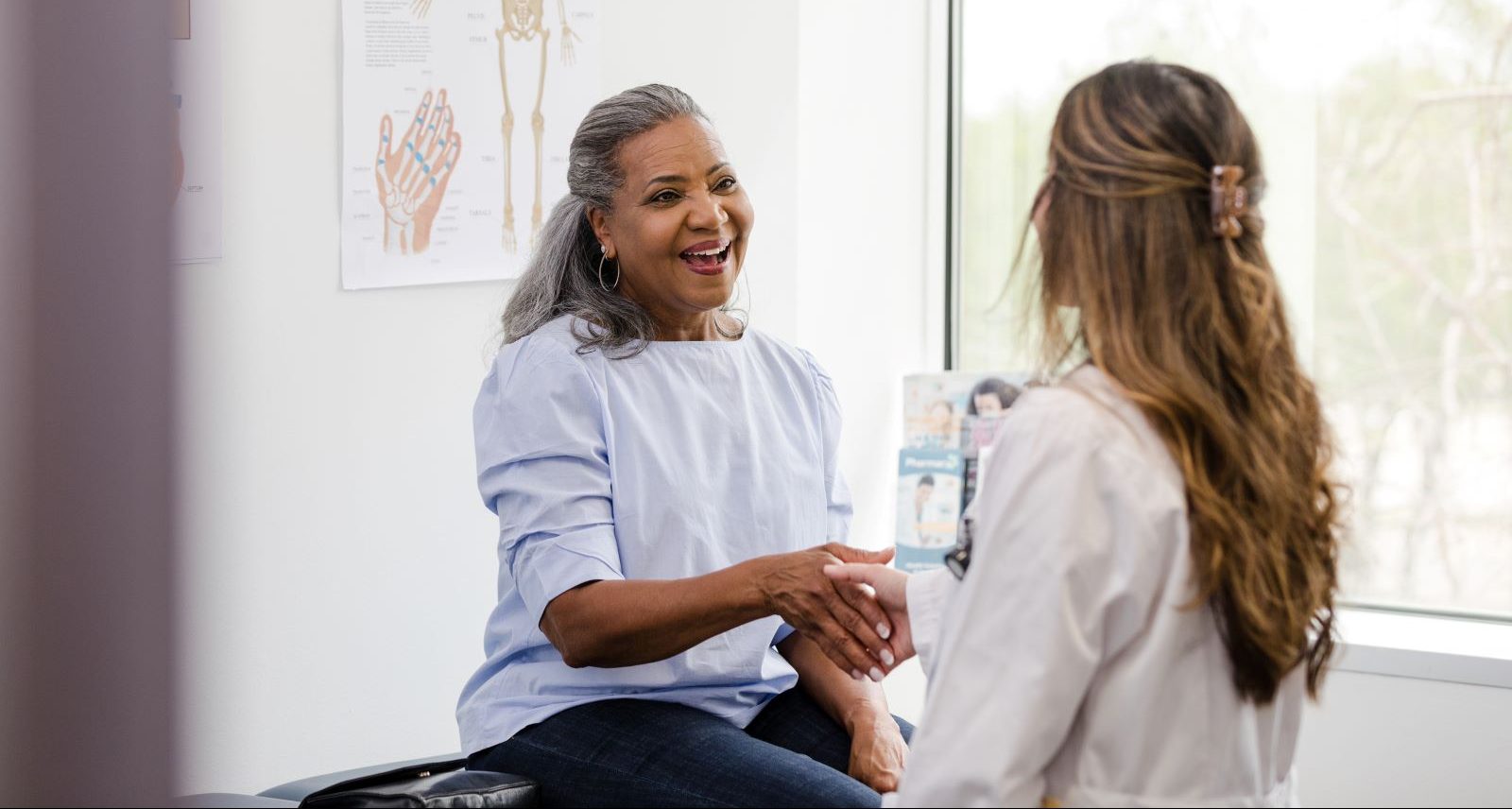<< Back
4 Ways for Older Adults to Protect Themselves From UTIs

June 28, 2023
Urinary tract infections (UTIs) can affect anyone, at any age. But older adults are more likely to have a UTI and the symptoms can look very different.
We asked an infection preventionist to explain why UTIs are so prevalent in seniors, the symptoms to watch for, and how to prevent UTIs.
UTIs are more common – and dangerous – for the elderly.
“Seniors are more prone to developing UTIs than younger people for various reasons,” says Anne Rinaldi, infection preventionist with Southington Care Center, part of the Hartford HealthCare Community Network.
The reason, she says, is age-weakened immune systems that make it harder for the body to fight infections. And chronic diseases like diabetes and heart disease – which are more common in seniors – further compromise immune response.
Untreated UTIs can lead to a number of complications, including kidney problems or even sepsis, a life-threatening infection.
“Timely diagnosis and appropriate treatment is the key to preventing complications in the elderly patient,” Rinaldi shares.
> Related: 5 Fun Exercises for Seniors
UTIs can cause unusual symptoms in older adults.
You may be familiar with some of the more traditional signs of a UTI, including increased or frequent urination and a burning sensation when peeing.
But older adults may have unusual symptoms that can confuse caregivers, says Rinaldi. Older adults may experience:
- New or increased incontinence
- Low blood pressure
- Agitation
- Lethargy
- Cognitive difficulty
In some cases, UTIs can even cause delirium – sudden confusion or disorientation – in older adults, says Rinaldi. But with antibiotic treatment, delirium can usually be reversed.
> Want more health news? Text StartHere to 85209 to sign up for text alerts
4 ways to reduce the risk of UTIs
The good news is that you can prevent UTIs with a few simple lifestyle changes. Rinaldi suggests following these 4 tips:
- Maintain proper hygiene, including regular bathing and thoroughly drying after cleaning
- Stay hydrated to help get rid of bacteria.
- Practice emptying the bladder every 2-3 hours.
- Avoid tight-fighting clothing to help airflow and reduce moisture.